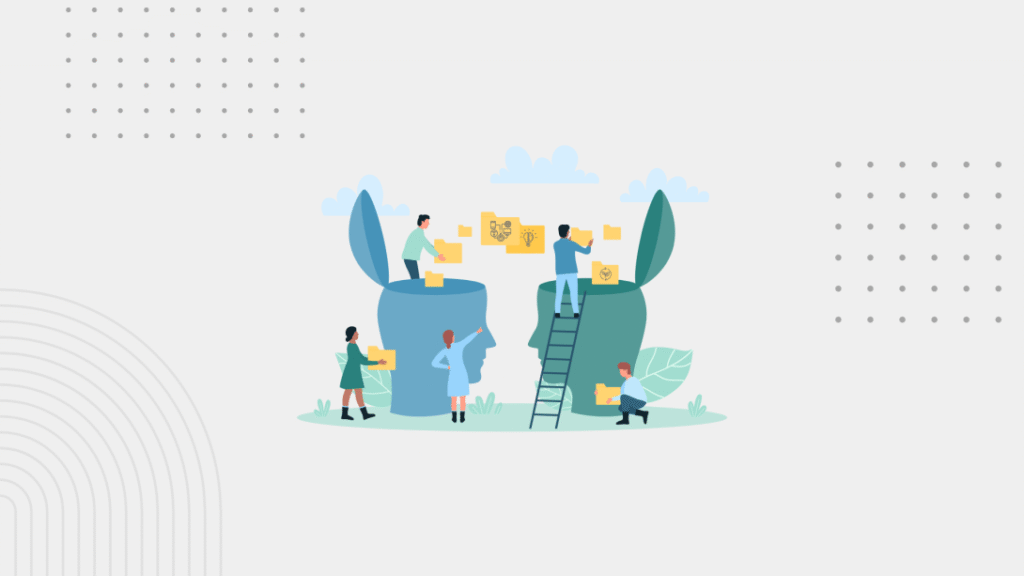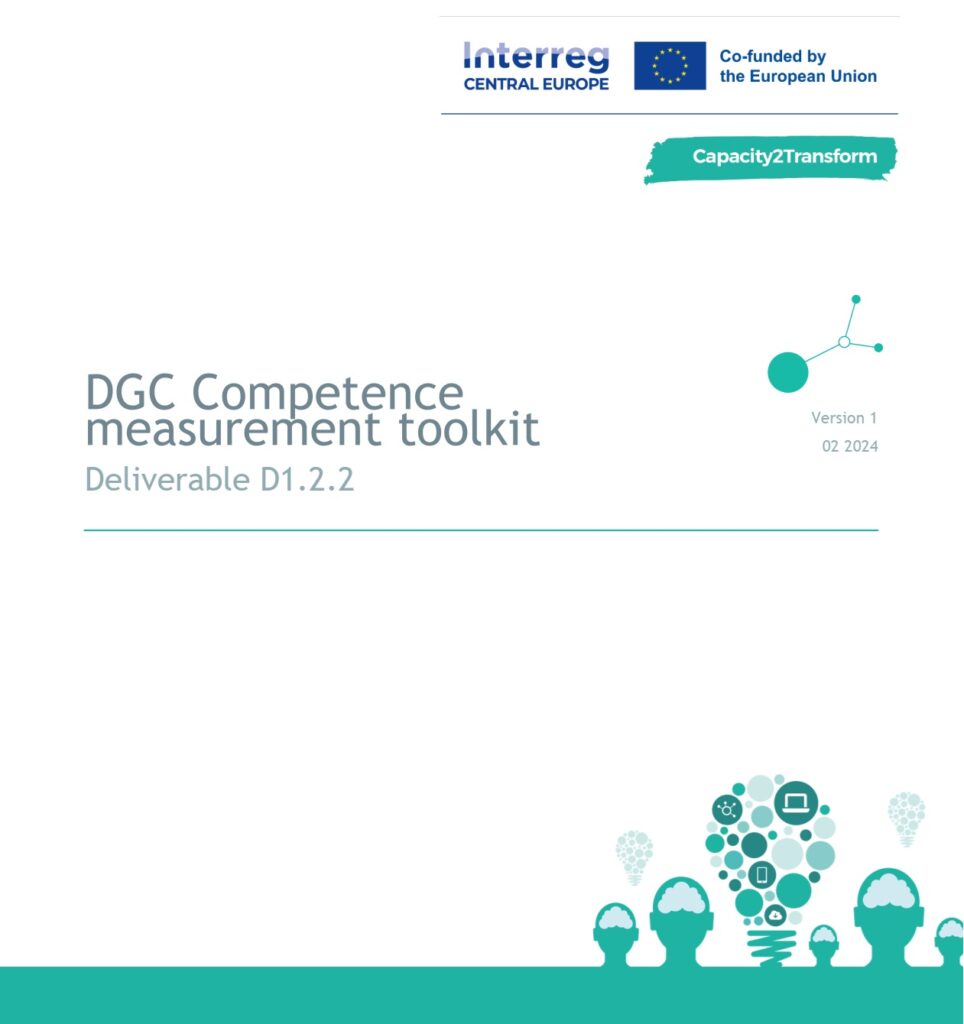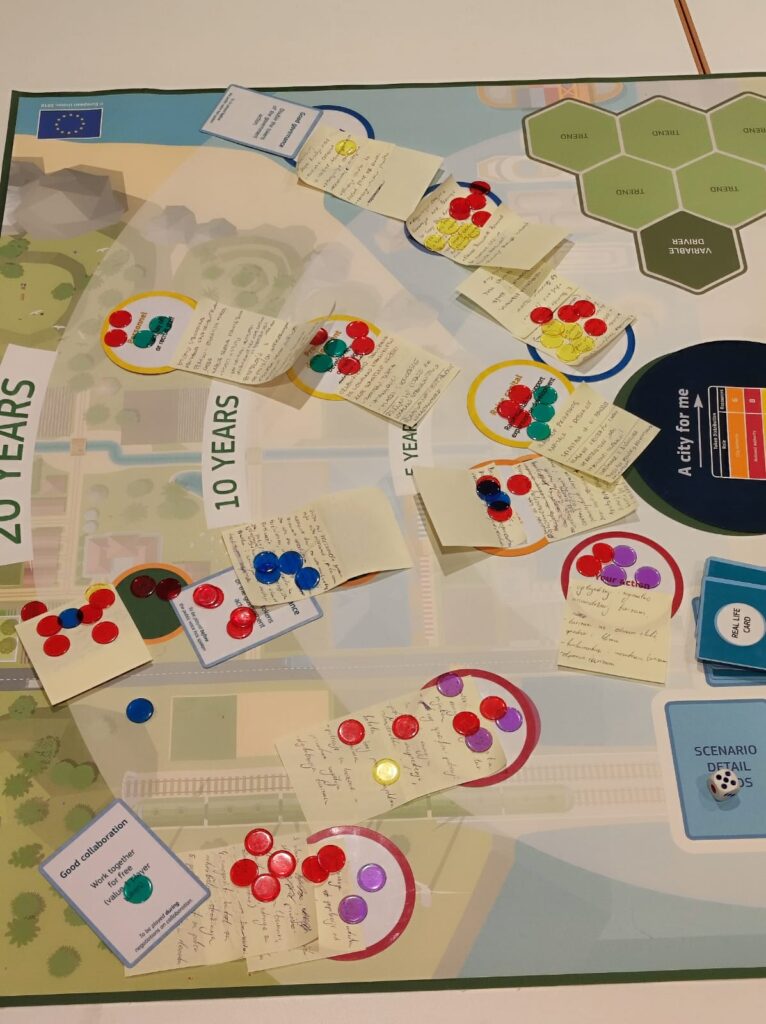
Why do some companies win people’s trust and loyalty while others, offering almost the same thing, never really connect? More often than not, the difference isn’t the product itself but everything that happens around it. That’s where service design makes the difference: it shapes how people interact with an organization and turns those interactions into something smooth, valuable, and memorable.
What Do We Mean by Service Design?
Service design is the practice of planning and improving the way services are delivered. This can relate to a product, to a digital experience or to a public service. Unlike product design, which focuses on tangible or digital goods, service design takes a broader view: it considers the whole journey customers and employees go through. From the very first contact to after-sales support, every touchpoint counts. It is never the responsibility of a single team: marketing; HR; customer support; financial; Ux; —everyone has a role to play. The real goal is straightforward but powerful: making business strategies align with human needs.
How It Works in Practice
Although every project is different, service design often follows a flexible cycle:
- Research the context – Learn what customers expect, what the organization aims for, and how the market behaves.
- Map the journey – Visualize each step customers take and how they feel along the way.
- Spot the pain points – Identify where frustrations, inefficiencies, or missed opportunities appear.
- Co-create solutions – Involve teams and sometimes customers directly in shaping new ideas.
- Prototype and test – Experiment with simple, low-cost versions of solutions and gather real feedback.
- Implement and refine – Bring the service to life, but keep improving it as conditions change.
This approach makes sure services are not only well thought out but also practical, adaptable, and rooted in real needs.
Tools That Make the Difference
Customer Journey Maps
A customer journey map is a visual timeline of the steps a person takes when dealing with a service—from the moment they discover it to becoming a loyal customer. It highlights not just actions but also emotions, expectations, and moments of frustration. By laying out the journey, businesses can see where customers feel engaged, where they hesitate, and where they drop off. This makes it easier to design experiences that are clear, empathetic, and rewarding.
Service Blueprints
If journey maps show the customer’s side of the story, service blueprints uncover what happens behind the scenes. They connect visible “front stage” interactions, like speaking to staff or using an app, with “backstage” activities such as logistics, IT systems, or internal communication. This layered view helps organizations understand how promises made to customers are supported—or sometimes blocked—by internal processes. It’s an essential tool to align what customers experience with what the company can realistically deliver.
Personas
Personas are fictional yet research-driven profiles that stand in for different groups of users. Each one has a name, background, goals, and frustrations. By using personas, teams move beyond abstract statistics and start designing with specific people in mind. This makes discussions more concrete—“Would this work for Maria, our small business owner?”—and ensures that choices stay focused on real needs rather than assumptions.
Stakeholder Maps
Services rarely involve only a company and its customers. Stakeholder maps lay out the full ecosystem: employees, partners, suppliers, regulators, investors, and communities. They reveal how these actors interact, where dependencies exist, and where conflicts might emerge. By making these relationships visible, teams can design services that are not only useful but also viable and responsible in the long run.
A Shift in Mindset
Beyond the methods, service design encourages a way of thinking that organizations often find transformative:
- Empathy – understanding the world through the eyes of others.
- Collaboration – breaking silos and encouraging cross-team dialogue.
- Experimentation – testing and learning quickly without fearing small failures.
- Holistic thinking – connecting strategy, operations, and people rather than improving parts in isolation.
This mindset doesn’t just shape projects; it changes how teams face challenges day to day.
Why It Matters for Business
The impact of service design shows up on many levels. For entrepreneurs, it helps sharpen business ideas so they’re grounded in customer realities. For teams, it creates better collaboration and smoother processes. For customers, it translates into clarity and consistency, which build trust.
Most importantly, it equips organizations to adapt. In today’s fast-changing markets, being able to adjust while keeping customers at the center is often the key to staying relevant.
Service design is more than a set of tools—it’s a human-centered approach to innovation. By focusing on how services are experienced, companies can deliver real value, build stronger relationships, and open the door to new opportunities.
For startups and established businesses alike, adopting service design means transforming good ideas into experiences people actually remember—and that can make all the difference.










